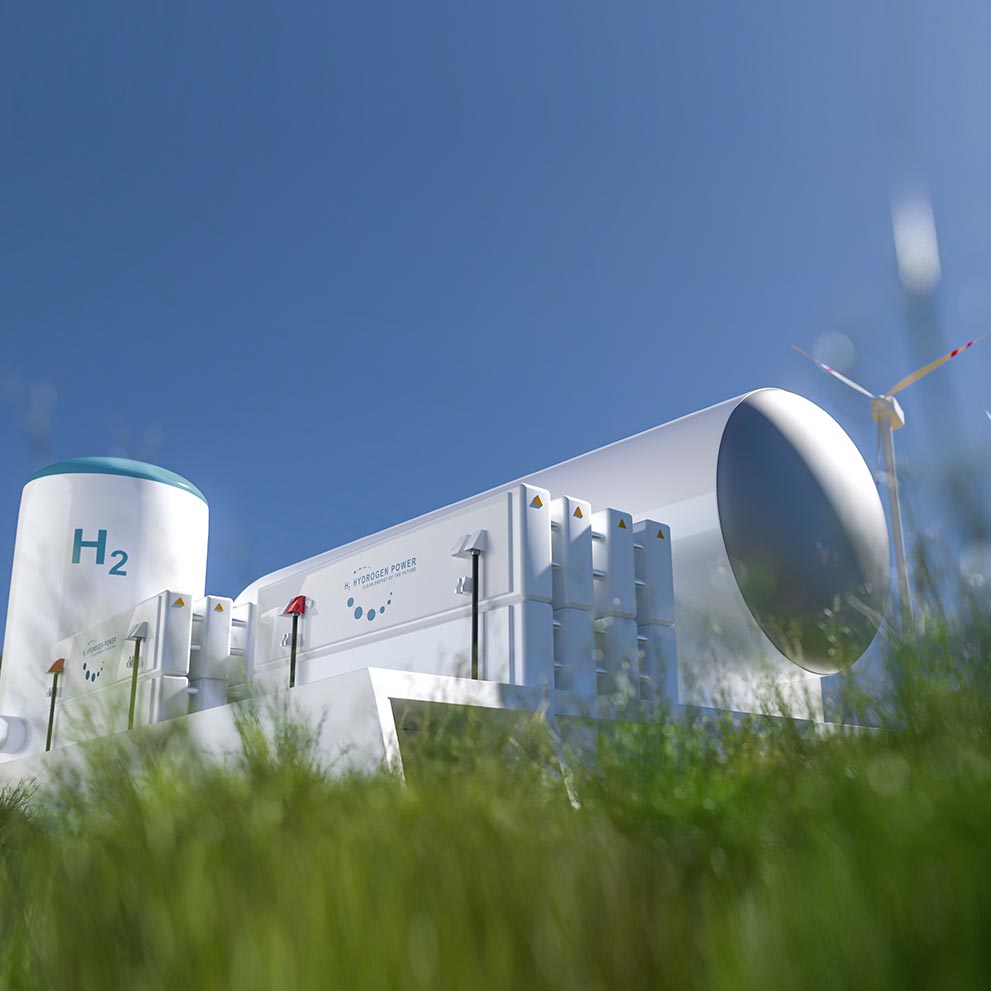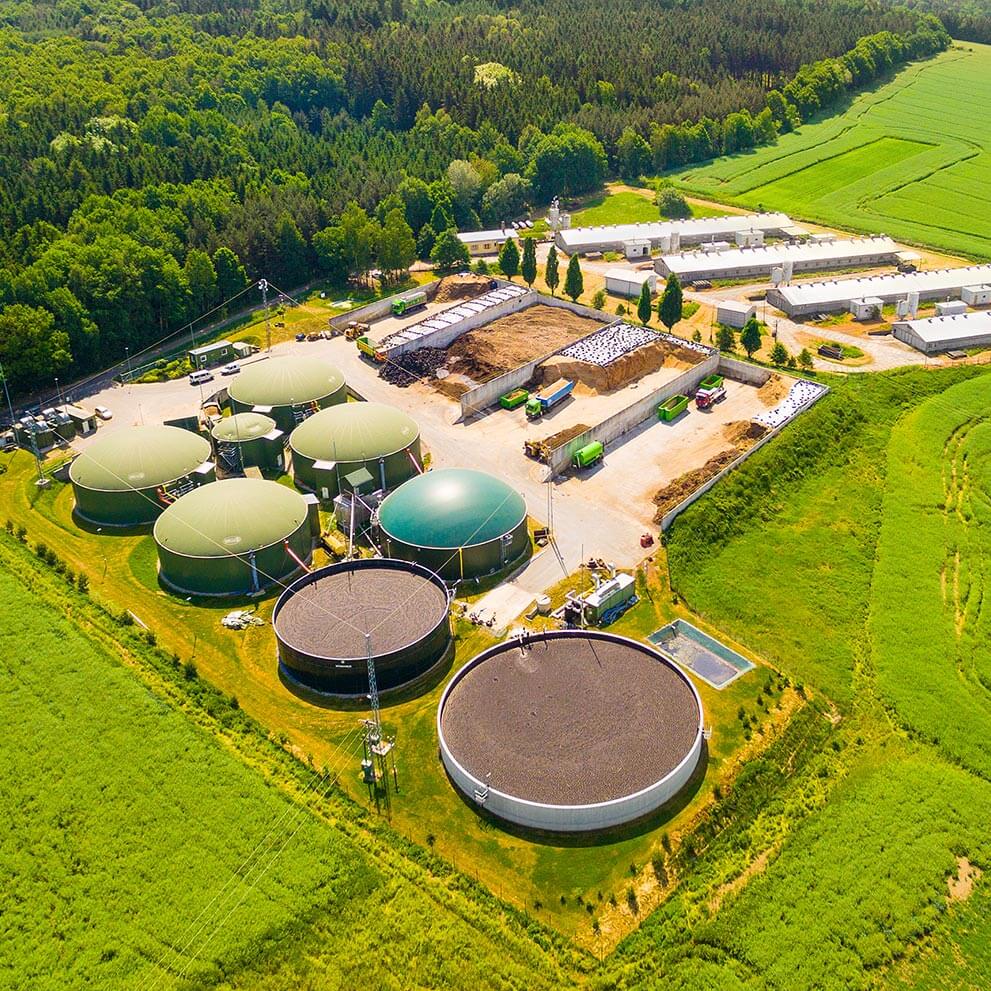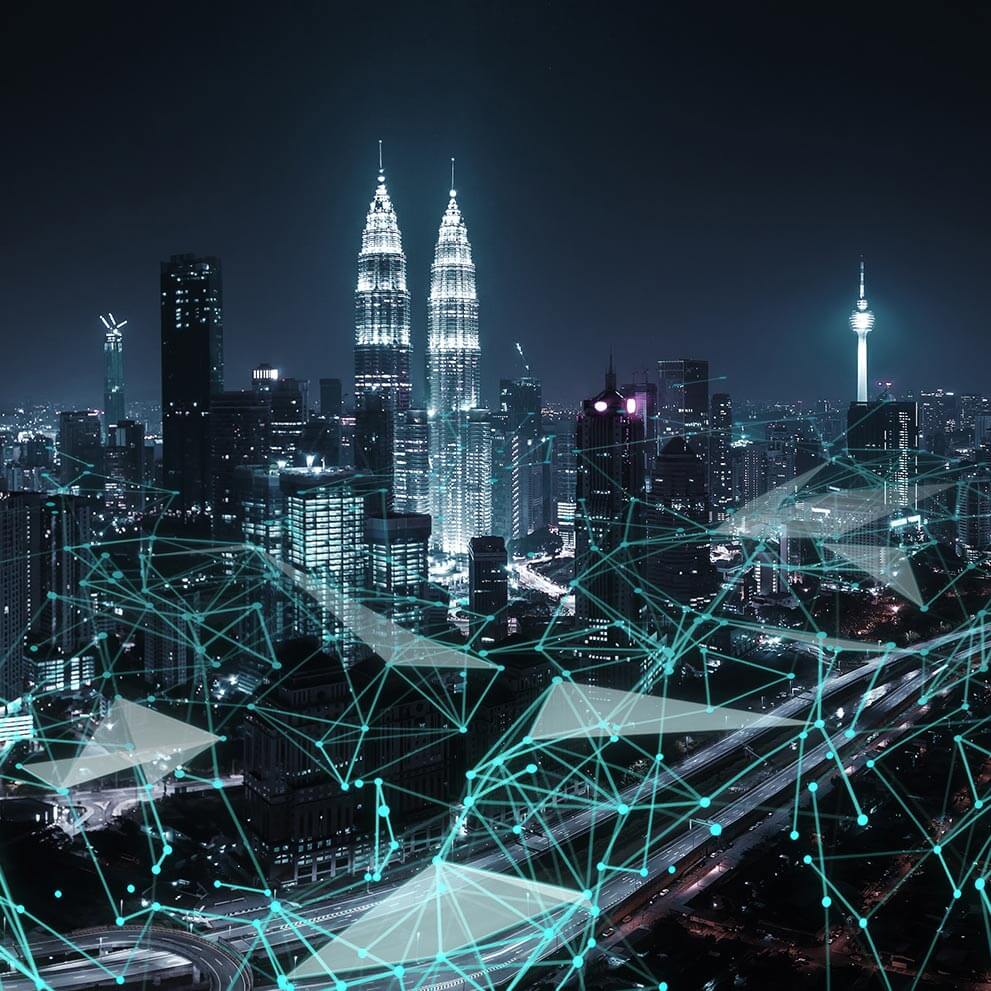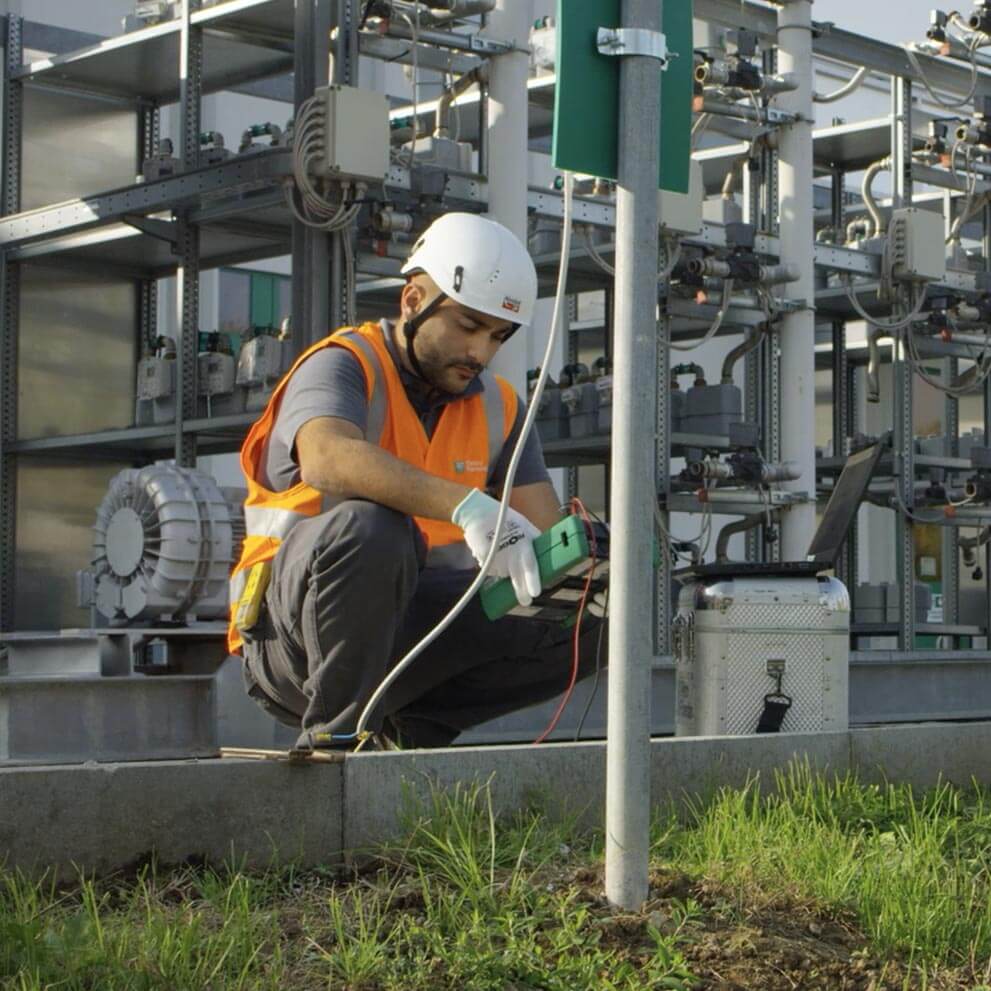Power-to-gas
Serving renewables
In addition to enabling the increasingly accessible diffusion of sustainable electricity, solar and wind energy are revolutionising market dynamics. Managing electricity generation based on consumption is an outdated paradigm: the current demand is to obtain as much energy as possible when renewable sources are available by organising green electrons in space and time.
The answer to this need is power-to-gas, P2G, which transforms surplus electricity into green molecules that can be transported over long distances at low cost with less and less leakage. At the same time, it offers the option of seasonal storage for renewable energy, to be used at times when demand is highest.
Focus
Power-to-gas technology exploits the phenomenon of electrolysis: excess renewable electric energy from wind farms, photovoltaic fields and electrical infrastructure congestion is used to break the bonds of the water molecules and produce hydrogen, which can be upgraded on site or transported to other places.
80 years of experience in processing natural gas combined with our commitment to the process of decarbonisation has driven us to develop complete solutions ranging from power-to-methane, to convert electricity into green gas compatible with the relevant infrastructure, to biological methanation plants.
Pietro Fiorentini’s commitment to the development of power-to-gas solutions is reflected in cutting-edge projects in Italy and Europe, leading the company to establish itself as a reliable technology partner in the field of energy transition.







